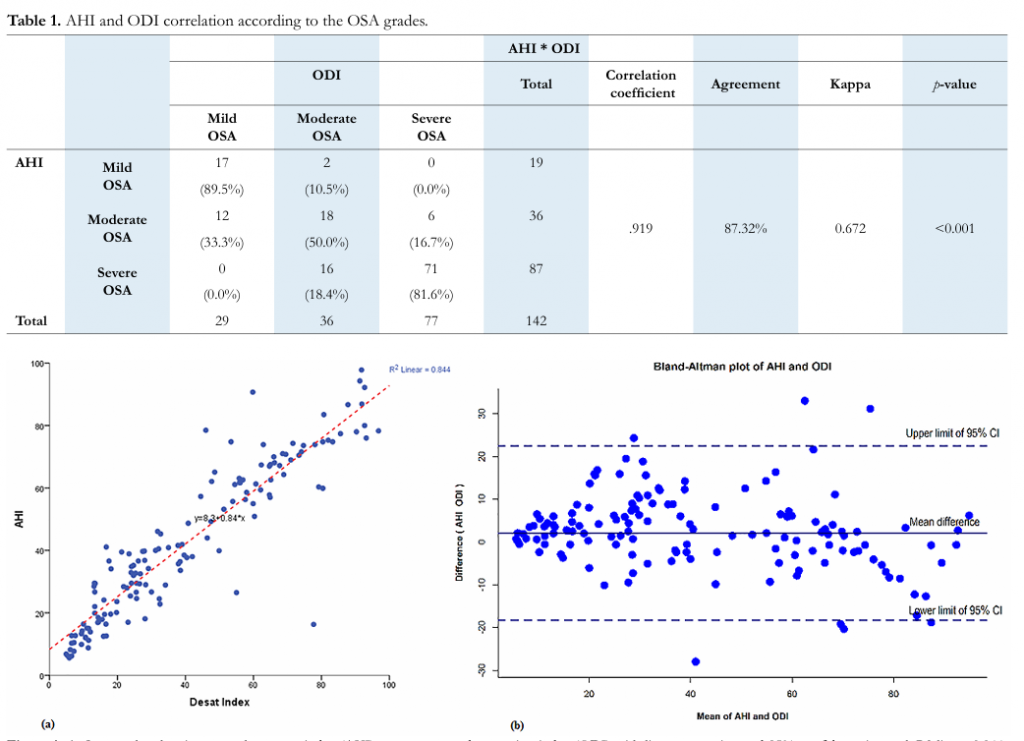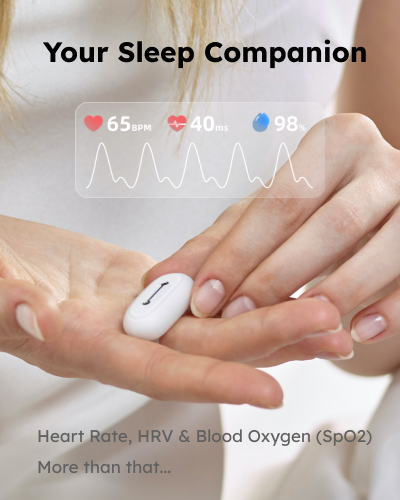The Relationship Between ODI and AHI in Sleep Apnea
The Oxygen Desaturation Index (ODI) and the Apnea-Hypopnea Index (AHI) stand as pivotal physiological parameters. They not only reflect abnormal changes in breathing processes but also directly impact sleep quality and overall health.
ODI refers to the number of times per hour that blood oxygen saturation levels drop below a specific threshold during sleep. These desaturation events may be triggered by episodes of apnea, airway obstructions, or insufficient oxygen supply.
AHI measures the number of apnea (complete cessation of breathing) and hypopnea (partial reduction in breathing) events per hour. It is a primary indicator of Obstructive Sleep Apnea (OSA), a common sleep disorder characterized by frequent pauses in breathing and hypoventilation episodes.
Research has shown a significant correlation between ODI and AHI. A high ODI value is often associated with a high AHI value, indicating that oxygen desaturation events are closely linked to apnea or hypopnea episodes. Moreover, it has been found that following OSA treatment, both ODI and AHI tend to decrease, further validating their importance in evaluating treatment efficacy and improvements in sleep quality.
Good concordance between AHI and ODI makes home sleep tracker a less expensive tool to confidently screen patients with severe OSA.
Comments (2)
Leave a Reply Cancel reply
ALL ARTICLES
Subscribe Us
Products
Company
Copyright © SLEEPON. All rights reserved.
SLEEPON keeps both Sleeponhealth and Sleepon.us due to the brand upgrading. We promise to provide the same products and service in both sites.












Very cool
I’m impressed by the quality of this post!